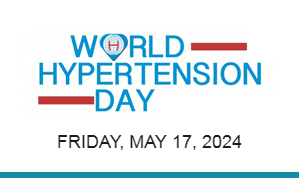June 17, 2007 – Milan, Italy – A comparison of cardiovascular (CV) risk as predicted by general practitioners and that generated from the electronic case report form (e-CRF) showed that physicians underestimate risk, and in high-risk patients this underestimation is by as much as 2-fold. The findings from the Blood Pressure Reduction in Danish General practice (BRIDGE) study of intensive and usual care treatment regimes in general practice were presented by Prof. P. Schultz-Larsen, Virum, Denmark at the 17th European Meeting on Hypertension in Milan, held June 15-19, 2007.
In this centrally-randomized, parallel group study, 1,048 patients were randomized to an intensive treatment regime (including home and ambulatory blood pressure monitoring, more frequent clinic visits) and usual care. The 126 general practitioners in Denmark scored global CV risk using the Danish Society of Hypertension guidelines risk score, as modified from the 2003 ESH-ESC hypertension treatment guidelines. Risk scoring was performed at baseline and at 12 months, and considered blood pressure, traditional CV risk factors, organ damage, and associated clinical conditions. These data were entered in the e-CRF by the physician. The data presented was from 117 general practitioners and 837 patients who completed the follow-up.
At baseline, physicians scored 15% of patients as very high risk, compared to 32% by e-CRF, with no differences between the intensive and usual care groups. Potentially, this could lead to less aggressive initial treatment. In contrast, physicians scored 10% of patients as low risk, compared to only 4% by e-CRF. At 12 months, between group differences for risk prediction. In the patients randomized to usual care, general practitioners scored only 12% as high-risk compared 29% by e-CRF, and 18% of patients as high-risk compared to 31% by e-CRF. For the patients in the intensive care group, physicians scored 7% as high-risk compared to 22% by e-CRF, and 21% as high-risk compared to 16% by e-CRF.
The integration of risk charts in e-CRFs in daily clinical practice may be beneficial for enhancing treatment of patients with hypertension.





